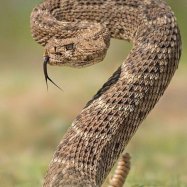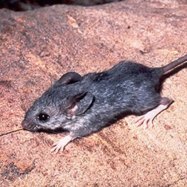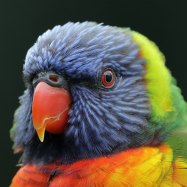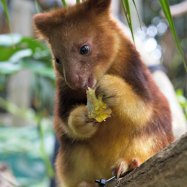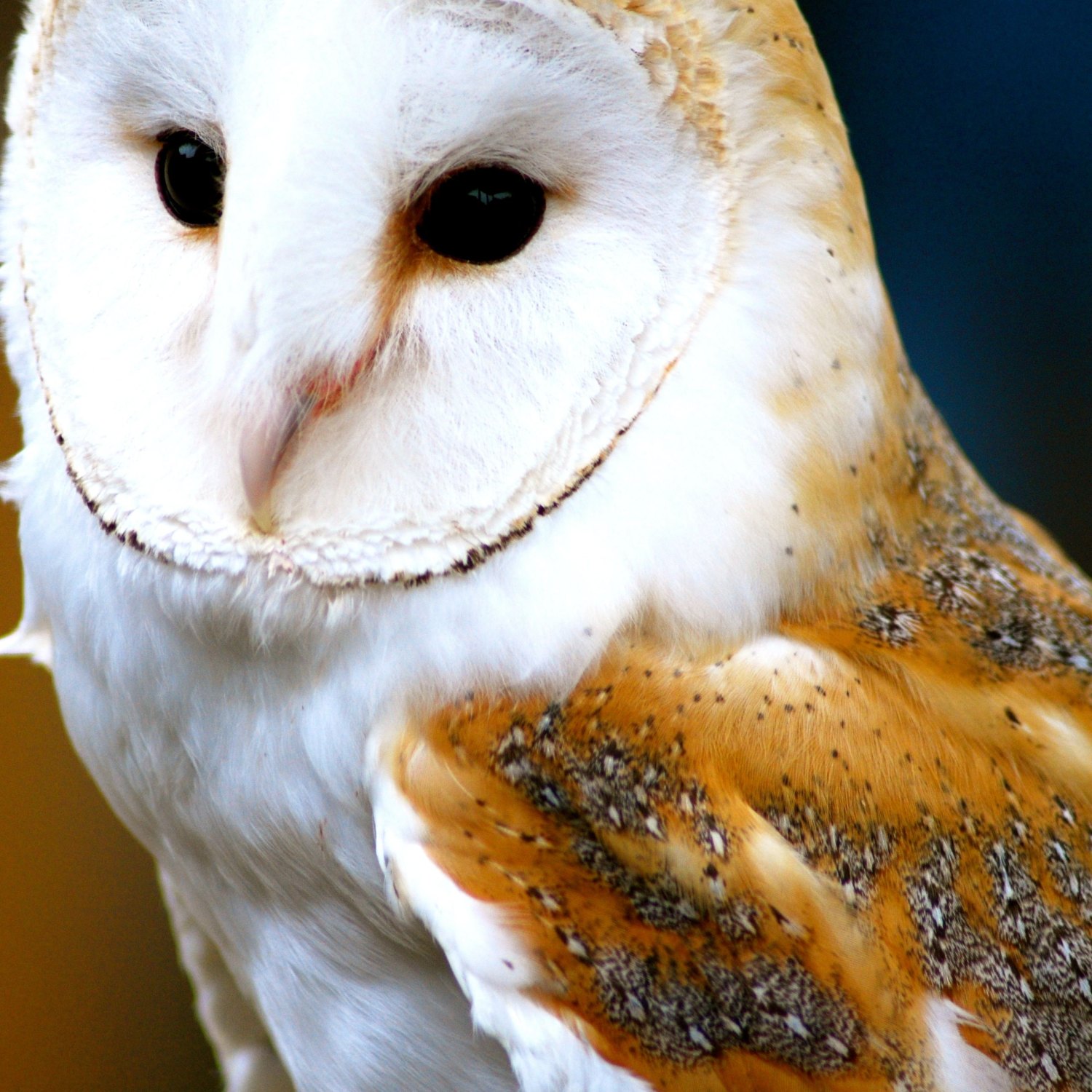
Barn Owl
33-39 cm (13-15 in)
The Barn Owl, also known as the ghost owl, is a fascinating bird that can be found in barns, abandoned buildings, and tree hollows. With a length of 33-39 cm (13-15 in), it belongs to the Tytonidae family and has a medium-sized body with a round head and long legs. These nocturnal hunters are valuable for controlling rodent populations. So, if you spot one near your home, consider yourself lucky to have this feathery friend as a natural pest control agent. #BarnOwl #Tytonidae #NocturnalBirds
Animal Details Summary:
Common Name: Barn Owl
Kingdom: Animalia
Habitat: Open fields, grasslands, farmlands, forests
The Fascinating World of the Barn Owl: Nature's Silent Hunter
In the still of the night, a ghostly figure glides through the darkness, its muffled wings barely making a sound. With piercing yellow eyes and a sharp beak, it scans the ground for its prey. The Barn Owl, also known as Tyto alba, is a captivating and mysterious creature that has captured the hearts and minds of humans for centuries.These majestic birds are found in a wide range of habitats worldwide, and their unique features and hunting prowess make them one of nature's most efficient and fascinating predators Barn Owl. From their striking appearance to their intriguing behaviors, there is much to uncover about the Barn Owl. So, let's delve into the world of this magnificent bird and discover what makes it truly special.
Classifications and Distribution
The Barn Owl belongs to the Animalia Kingdom, which includes all animals, and the Chordata Phylum, which encompasses birds, mammals, fish, reptiles, and amphibians. Within the Chordata Phylum, the Barn Owl falls under the Aves Class, commonly known as birds. They belong to the Order Strigiformes, which is a group consisting of over 220 species of owls. Interestingly, the scientific name "Tyto alba" is derived from the Greek word "Tuto," meaning an owl, and the Latin word "alba," meaning white.These captivating creatures are found across every continent in the world, except Antarctica. They are widespread and can be found in Europe, Asia, Africa, Australia, and the Americas. The Barn Owl's origin is uncertain, but it is believed that they originated in Europe, spreading to other continents over time Basilosaurus. They are also known to migrate depending on the availability of food and nesting sites.
Habitat and Adaptations
The Barn Owl is a highly adaptable bird, and their habitat can range from open fields and grasslands to farmlands and forests. They can even be found in urban environments, taking up residence in abandoned buildings, barns, and tree hollows. Unlike other owl species, Barn Owls are not known to nest in trees. Instead, they prefer to make their homes in open structures like old buildings and man-made structures.One of the most remarkable characteristics of Barn Owls is their incredible sense of hearing. They rely mainly on their exceptional hearing to hunt, as they do not have ear tufts like other owl species. Their heart-shaped face acts as a satellite dish, collecting sounds and funneling them towards their ears, which are located at different heights on the side of their head. This unique adaptation allows them to locate their prey with pinpoint accuracy, even in complete darkness.
Another adaptation that makes them highly efficient hunters is their soft, fluffy feathers. These feathers allow them to fly silently, giving their prey no warning of their approach. The Barn Owl's feathers are also excellent insulators, helping them to stay warm while hunting in colder temperatures. These feathers come in a range of colors, varying from golden to pale brown on the upper part of the body, and a distinctive off-white color underneath.
Diet and Hunting Techniques
As carnivorous birds, the Barn Owl's diet primarily consists of small mammals, such as mice, voles, shrews, and rats. They are opportunistic hunters and can also feed on insects, birds, and reptiles if their usual prey is scarce. Their excellent hunting skills and adaptability make them one of nature's most successful predators, with a success rate of over 70% in capturing their prey.With their superior sense of hearing, Barn Owls can locate their prey up to 10 meters away. Once they have located their target, they use their sharp talons to swoop down and catch their prey. Interestingly, these birds can consume their prey whole, regurgitating the indigestible parts, such as bones and fur, in the form of a pellet. This behavior is called "pelletization," and it helps keep their digestive system clean and healthy.
Mating and Reproduction
Barn Owls are monogamous birds, and they mate for life. Their breeding season varies depending on their location, and they can mate up to three times a year. During the mating season, male Barn Owls will attract a mate by performing elaborate flying displays and offering food gifts. Once a pair has formed, they will choose a nest site, typically a cavity within a building or a tree hollow.The female owl lays anywhere between four to six eggs, which are incubated for about a month. During this time, the male provides food for the nesting female and brings back prey for the owlets after they have hatched. The young owls will remain in the nest for about eight weeks, developing and perfecting their hunting skills before leaving the nest to find their own territories.
Conservation Status
The Barn Owl population is stable and is not currently threatened; however, they face some significant challenges in some regions. The use of pesticides in agriculture has led to a decline in their natural prey, affecting Barn Owls' food sources. In some areas, the loss of nesting sites due to the destruction of barns and other structures has also resulted in a decrease in the Barn Owl population.Fortunately, there are numerous conservation efforts in place to protect the Barn Owls. These include creating artificial nest boxes in areas where natural nesting sites are scarce and educating farmers on the use of alternative methods to reduce the use of pesticides. With these efforts, it is hoped that the Barn Owl population will continue to thrive in its natural habitats.
Relationship with Humans
Humans have long been fascinated by the Barn Owl, often associating it with wisdom, magic, and mystery. In many cultures, the appearance of a Barn Owl is considered a sign of prosperity and good luck. Despite their nocturnal nature, these birds have also been a subject of many folktales and cultural beliefs, often portrayed as wise and powerful creatures.In modern times, the Barn Owl has become a symbol of environmental awareness and conservation efforts. Many organizations, such as the International Union for Conservation of Nature (IUCN), use this bird as an indicator of the health of the environment. Their presence is a sign of a thriving ecosystem, and their decline could indicate environmental issues that need to be addressed.
In Conclusion
The Barn Owl is a beautiful and fascinating creature that continues to captivate us with its unique features and behaviors. From their exceptional hunting abilities to their monogamous mating habits, there is no denying that these birds are truly remarkable. Despite facing some challenges today, they remain an enduring symbol of nature's delicate balance and the importance of conservation efforts.As we continue to appreciate and learn more about the Barn Owl, it is essential to remember that we play a vital role in their future. By taking steps to protect their natural habitats and food sources, we can ensure that these silent hunters continue to thrive in the wild for generations to come. So, the next time you spot a ghostly figure gliding through the darkness, remember the Barn Owl and its significant impact on our natural world.

Barn Owl
Animal Details Barn Owl - Scientific Name: Tyto alba
- Category: Animals B
- Scientific Name: Tyto alba
- Common Name: Barn Owl
- Kingdom: Animalia
- Phylum: Chordata
- Class: Aves
- Order: Strigiformes
- Family: Tytonidae
- Habitat: Open fields, grasslands, farmlands, forests
- Feeding Method: Carnivorous
- Geographical Distribution: Worldwide
- Country of Origin: Unknown
- Location: Barns, abandoned buildings, tree hollows
- Animal Coloration: Golden to pale brown on the upper body, off-white underneath
- Body Shape: Medium-sized with a round head and long legs
- Length: 33-39 cm (13-15 in)
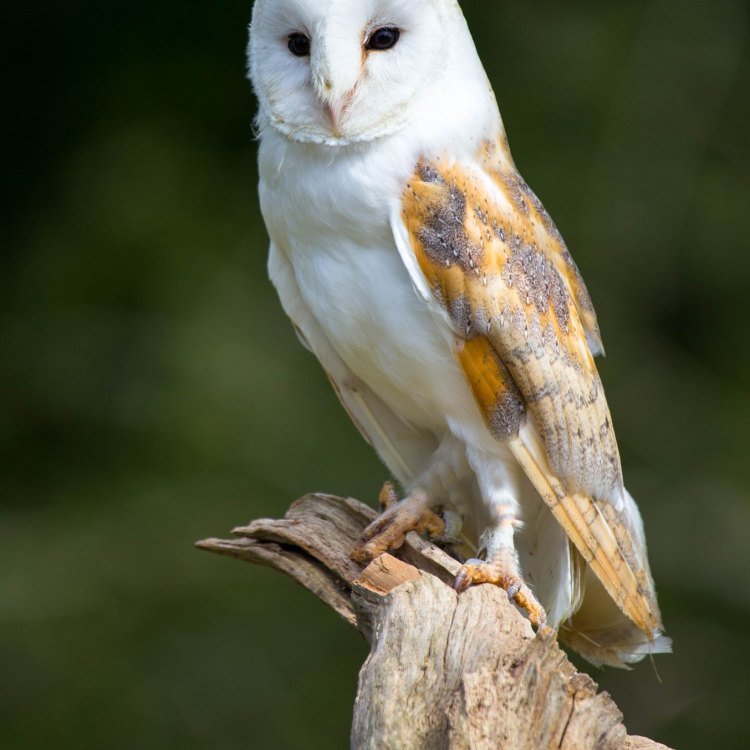
Barn Owl
- Adult Size: Medium
- Average Lifespan: Up to 5 years in the wild, up to 20 years in captivity
- Reproduction: Sexual
- Reproductive Behavior: Monogamous
- Sound or Call: Hissing screech and ghostly shrieks
- Migration Pattern: Some populations are migratory
- Social Groups: Solitary or in pairs
- Behavior: Nocturnal, silent flight, excellent hunter
- Threats: Habitat loss, pesticides, road traffic
- Conservation Status: Least Concern
- Impact on Ecosystem: Important for rodent control
- Human Use: Used for biological pest control
- Distinctive Features: Heart-shaped face, white to golden plumage
- Interesting Facts: Barn Owls are known for their eerie screeches and silent flight.
- Predator: Great horned owls, eagles, hawks
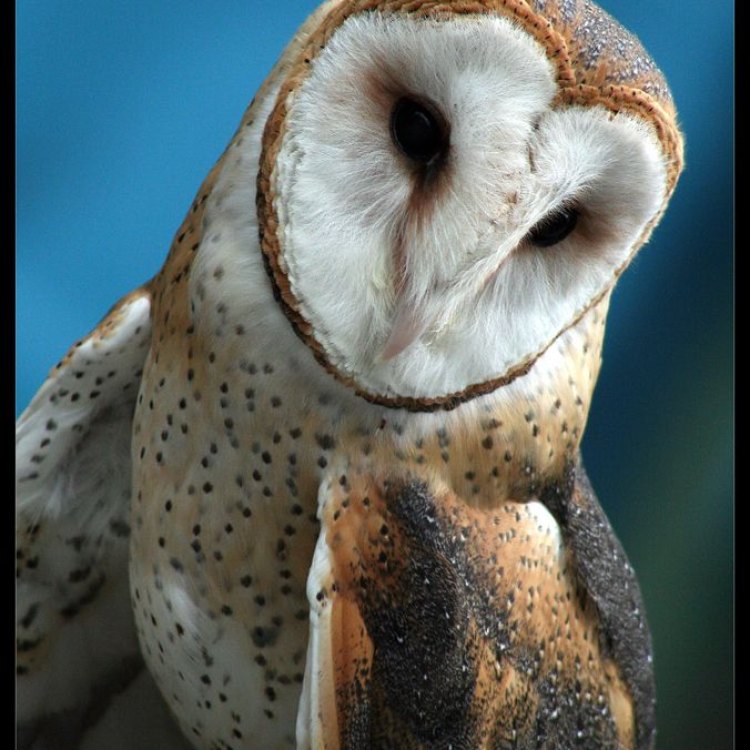
Tyto alba
Barn Owl: The Silent Hunter of the Night Sky
When you think of owls, you may envision a wise creature with large, round eyes perched in a tree. But among the 200 different species of owls, there is one that stands out for its distinctive features and intriguing behavior - the Barn Owl.The scientific name for the Barn Owl is Tyto alba, meaning "white owl," and it is not hard to see why. The characteristic heart-shaped face and white to golden plumage make it easily recognizable PeaceOfAnimals.Com. But don't let its angelic appearance fool you; the Barn Owl is a fierce predator and an essential member of the ecosystem.
In this article, we will delve into the unique features and behaviors of the Barn Owl, its impact on the environment, and its relationship with humans.
A Mighty Hunter: Adult Size, Behavior, and Reproduction
The Barn Owl is a medium-sized owl, measuring between 12-15 inches in length and weighing about 1-1.5 pounds on average. Despite its size, it is a skilled hunter with sharp talons and excellent eyesight. This nocturnal bird is most active at dawn and dusk, making it a rare sight during the daytime.One of its most distinctive characteristics is its silent flight, which is made possible by its specialized feathers. These feathers are serrated, allowing the air to pass through without creating noise, giving the Barn Owl an edge in hunting its prey. And what does it prey upon, you may ask? Its diet mainly consists of small rodents, such as mice, voles, shrews, and even rats Beaski. However, it has also been known to hunt other small mammals and birds, making it a versatile predator.
Like most birds, the Barn Owl reproduces sexually and is known to be monogamous. Once the mating pair is formed, they remain together for life, only seeking a new mate if one of them dies. During the breeding season, the male and female can be seen engaging in courtship rituals, which involve flying together and calling to one another.
The Chilling Sounds of the Night: Sound or Call, and Interesting Facts
One of the first things that come to mind when thinking about owls is their haunting calls. And the Barn Owl is no exception. Its screeching hiss and ghostly shrieks can send chills down your spine, making it a favorite among Halloween enthusiasts. But did you know that these sounds serve a purpose other than just being spooky?The Barn Owl's eerie call is its way of communicating with its mate and marking its territory. It also helps attract potential mates and deter rival Barn Owls. Furthermore, this sound also serves as a warning to predators or intruders to stay away from their nest or hunting grounds.
Another interesting fact about the Barn Owl is its ability to rotate its head 270 degrees, thanks to its flexible neck bones. This gives it a 360-degree view of its surroundings, enabling it to spot prey and threats from all angles.
The Circle of Life: Reproductive Behavior, Social Groups, and Migration Pattern
As mentioned earlier, the Barn Owl is a monogamous species, and once a pair is formed, they remain together for life. They also prefer to be solitary or in pairs, rarely forming larger flocks. However, during the breeding season, they may become more social and interact with other Barn Owls.The Barn Owl's migration pattern is not as straightforward as other bird species. While some populations are known to be migratory, others are more sedentary and remain in one place throughout the year. The migratory populations tend to move to warmer regions during the winter months, following their food sources.
However, even within the same population, there may be some variations in the migration behavior. Some Barn Owls may migrate strictly following the seasons, while others may only move if the weather conditions or prey availability changes.
Protecting Our Silent Night Hunter: Threats and Conservation Status
Like many other wildlife species, the Barn Owl faces threats to its survival. One of the biggest threats is habitat loss. As humans continue to develop and expand, the Barn Owl's natural habitats, such as grasslands, marshes, and agricultural fields, are disappearing. This loss of habitat often leads to a decline in prey species, making it challenging for the Barn Owl to find food.Another significant threat to the Barn Owl is the use of pesticides. These chemicals not only affect its prey but also accumulate in the owl's body, causing health issues and reducing their ability to reproduce.
Road traffic is also a threat to the Barn Owl, as these birds are often found hunting near roadsides, where small prey can be found. Collisions with vehicles not only harm the Barn Owl but also disrupt its hunting grounds and nesting sites.
Despite these threats, the Barn Owl's conservation status is currently listed as "Least Concern" on the IUCN Red List. This designation is due to its widespread distribution and population numbers. However, it is still listed as a species of concern in many countries, and conservation efforts are ongoing to ensure its survival.
The Vital Role of Barn Owls: Impact on the Ecosystem and Human Use
The Barn Owl may be a fearsome predator, but it plays a crucial role in maintaining the delicate balance of the ecosystem. As a top predator, it helps control the population of its prey species, preventing them from overpopulating and causing damage to crops and other vegetation.In many areas, humans also benefit from the presence of Barn Owls. These birds are used for biological pest control, as they are highly effective at controlling rodent populations, saving farmers and gardeners from potential crop damage.
Who's the Predator now? Great Horned Owls, Eagles, and Hawks
While the Barn Owl may be a skilled hunter, it is not immune to predators itself. Its main natural predators include other raptors, such as the great horned owl, eagles, and hawks. These birds compete for the same resources and may even prey on Barn Owls and their young.In addition to these natural predators, humans also pose a threat to the Barn Owl. Activities such as hunting and trapping have significantly reduced their numbers in some areas.
Final Thoughts
The Barn Owl may have an eerie reputation, but it is a fascinating creature with unique features and behaviors. From its heart-shaped face to its silent flight and hunting abilities, this bird has captured the imagination of many.But beyond its mystique, the Barn Owl plays a vital role in the ecosystem and has a close relationship with humans. It is our responsibility to ensure its survival for generations to come, so that we can continue to marvel at its beauty and be reminded of the importance of every species in our planet's intricate web of life.
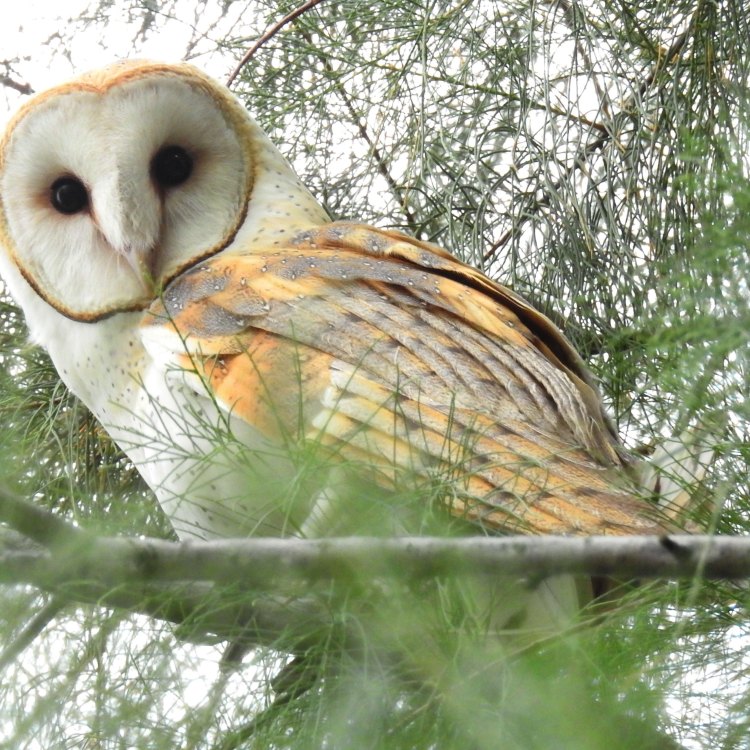
The Fascinating World of the Barn Owl: Nature's Silent Hunter
Disclaimer: The content provided is for informational purposes only. We cannot guarantee the accuracy of the information on this page 100%. All information provided here may change without prior notice.


